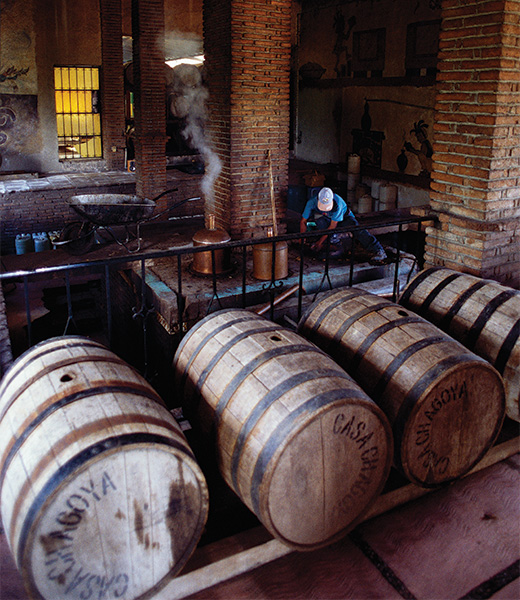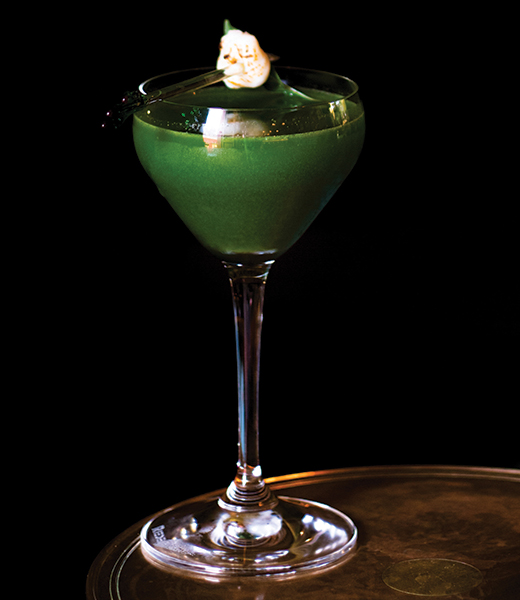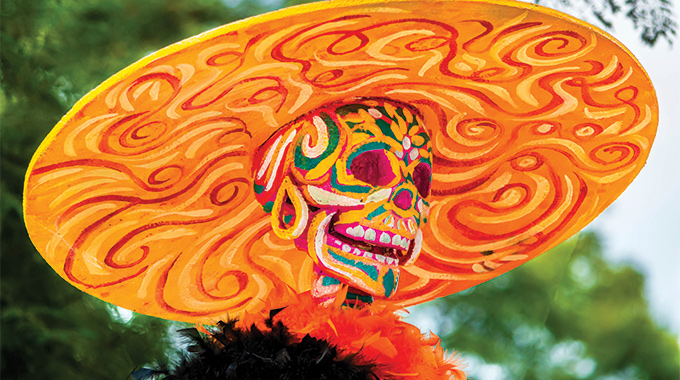Oaxaca, the mezcal hub of Mexico - AAA Magazines
Oaxaca, the mezcal hub of Mexico
 Santa Domingo
Cathedral is considered by many to be one of the finest examples of
17th-century colonial architecture. Photo by Elijah-Lovkoff/Getty Images
Santa Domingo
Cathedral is considered by many to be one of the finest examples of
17th-century colonial architecture. Photo by Elijah-Lovkoff/Getty Images
July 18, 2023
Travelers have long flocked to Oaxaca City for indigenous traditions, deliciously warm weather, and incredible cuisine. But these days, the city’s slow, leisurely pace belies a blossoming cultural evolution: This state capital marked by cobblestone streets and a lively central plaza is becoming an international hot spot thanks to its star export, mezcal.
In case you’ve missed it, mezcal has exploded in popularity. Americans are spending record sums on the strong, smoky spirit. You’d be hard-pressed to find a trendy cocktail menu in the U.S. without a paloma or other mezcal-infused drink. And ever since George Clooney and his partners sold their tequila and mezcal business, Casamigos, in 2017 for an estimated $1 billion, celebs have been practically tripping over themselves to get in on the action. So it’s no surprise that many Americans now want to travel to the source.
Historians believe the spirit dates to the Spanish conquest of Mexico in the 1500s, when Spaniards applied their distilling techniques to indigenous agave plants. Mezcal is made by roasting the core of agave, then fermenting and distilling the resulting mash and liquid.
The spirit can be made from dozens of agave varieties, which can result in a complex array of flavors. Various forms of distillation, including the use of copper stills and clay pots, can add to a particular mezcal’s distinctive flavor. So can the hanging of raw turkey or chicken breast in the still above the liquid. (Tequila is also made from agave and is, technically speaking, a form of mezcal. The difference between the spirits stems largely from the type of agave used, the way it’s cooked, and where it’s made.)

Barrels of mezcal in Oaxaca. Photo by Danny Lehman
Oaxaca City sits in a Y-shaped valley formed by 3 mountain ranges. Start your mezcal-centric pilgrimage downtown at the Mis Mezcales
shop. Test-drive a few different mezcals and chat with Mari Carbajal,
who has her finger on the pulse of the area’s small-batch producers. (Be
sure to designate a driver if you plan to drink alcohol.) Oaxaca’s
mezcal masters have generations of knowledge at their fingertips and
tend to be sociable and open to receiving visitors at their family
distilleries, called palenques, for tours or tastings.
The city offers plenty of places to imbibe beyond palenques. For a straight mezcal bar—or mezcalería—try In Situ,
which has more than 20 bottles the owners produce themselves and offers
tastings, distillery tours, and mezcal souvenirs. The cozy bar Mezcaloteca has been promoting local mezcal masters for years. Other bars worth their salt include El Hijuelo, Cuish, and La Casa Grande. For an excellent mezcal cocktail, try the bars named in this year’s 50 Best Bars of North America: Selva and Sabina Sabe.
Of course, you’ll need to eat. The city has many famous-for-a-reason dining options, such as chef Alejandro Ruiz’s Casa Oaxaca. Don’t miss star chef Enrique Olvera’s Criollo, where you can try some of the 7 moles the region is famous for, as well as other local specialties like Oaxacan tamales and tlayudas (thin, crispy tortillas loaded with beans, lettuce, meat, and salsa).
The casual El Tendajón uses endemic ingredients like criollo squash, roasted crickets, and local tomatillo in contemporary ways. At Maguey y Maíz, the breaded huauzontles (ancient, edible plants) and Oaxacan molotes (sweet plantains, mashed and stuffed with cheese) will also give you a satisfying taste of the local.
Freelance writer Lydia Carey lives in Mexico City and is the author of Mexico City Streets: La Roma, among other guides to the capital.
Jungle in a glass

Photo courtesy Selva
Created by Selva bar founder Alexandra Purcaru, the namesake Selva cocktail is a blend of Los Danzantes mezcal (made in-house), Ancho Reyes green poblano liquor, agave honey, fresh lemon juice, and a dash or 2 of juniper tincture. Purcaru describes this fresh and spicy drink as “a jungle in a glass.”
Festivals worth a trip
By Tim Leffel
Mexico loves festivals. Consider timing a visit with one of these.
Festival Internacional Cervantino, Guanajuato City
Billed as the “largest cultural festival in Latin America,” the Cervantino Festival in the inviting city of Guanajuato heads into its 51st year October 13–29. More than 2,500 artists from 33 countries performed last year, staging plays, concerts, and dance performances. Roughly half of the events are free.
Guelaguetza, Oaxaca City
Dancers from around Oaxaca state perform at the main event at this festival held each July. Guelaguetza is also the anchor for multiple side events, such as a tamale cook-off and concerts.
Día de los Muertos, Nationwide

Consider planning a trip during Day of the Dead festivities. Photo by Gabriel Perez/Getty Images
With its elaborate, marigold-dotted public altars and festive parades, Day of the Dead on November 1 and 2 is a time to remember loved ones. Find your Coco movie moment in Pátzcuaro, Guanajuato, Oaxaca, or Mexico City.



Comments
Post a Comment